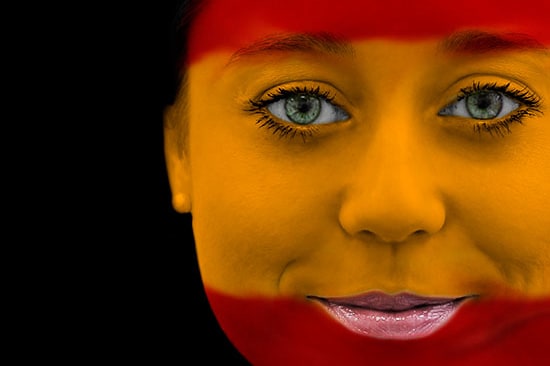Ross W Duffin was wandering through a museum in California, US, last summer when he paused before a 17th-century painting of a bearded warrior in armor.
"I thought, 'Wow, that is really funny, he looks just like me'," Duffin recalled. His wife, Beverly Simmons, was stunned by the resemblance. Duffin had found his art twin. So the couple did what millions of people have discovered as a new way to interact with art - something that has exploded with new popularity in recent weeks thanks to a new feature in a Google museums app.
Long before the
Google Arts and Culture app, which became the most downloaded mobile app over the weekend, art aficionados, dabblers, narcissists and soul-searchers pondering a cosmic connection to distant humans have been searching for their
art twins, a long-gone, sometimes fictional or unknown doppelganger encased in oil, sculpture or ceramics.
Some set out specifically to find their twin; others have stumbled on theirs as they wander. As anyone who regularly looks at a social media feed knows by now, millions more need never leave home to find that uniquely familiar face on some obscure etching. They just upload a selfie and let technology do the sleuthing.
The app was available in 2015, but its arts matching feature was introduced in mid-December. Its popularity has quickly surged, and Instagram, Twitter and YouTube users have widely shared photos of both their art twins and those of celebrities, from William Shatner to Taylor Swift. Google estimates more than 20 million selfies have been uploaded using the new feature.
With people seeking selfies that make a connection going back in time, museums are using the opportunity to engage with visitors. Arttwinning happens so often in the
Museum of Fine Arts in Boston that it hosts a fan favourite every week on Instagram.
 Ross Duffin poses with his art twin, from a work by the Dutch artist Jan van Bijlert, at California's Norton S... Read More
Ross Duffin poses with his art twin, from a work by the Dutch artist Jan van Bijlert, at California's Norton S... Read More Ross Duffin poses with his art twin, from a work by the Dutch artist Jan van Bijlert, at California's Norton S... Read More
Ross Duffin poses with his art twin, from a work by the Dutch artist Jan van Bijlert, at California's Norton S... Read More



